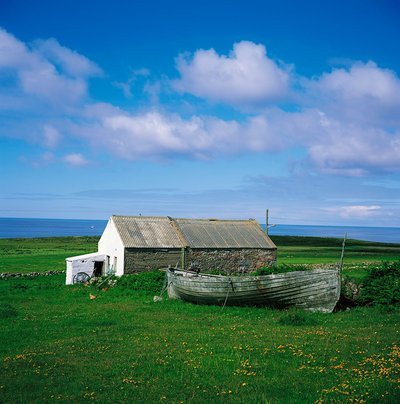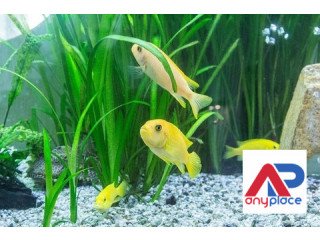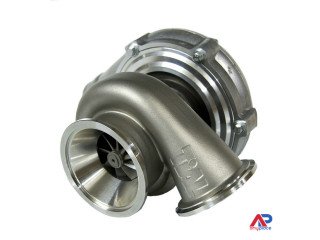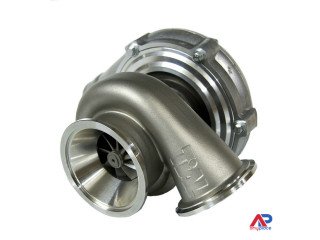PPR Pipe
2022-06-20 13:20 Phones & Tablets Sahāranpur 254 views Reference: 1138Location: Sahāranpur
Price: Contact us
Nowadays, PPR is the most commonly used material for pipes and fittings. PPR is a random copolymer polypropylene. In winter, the flexibility of PPR water pipes will decrease, while the rigidity will increase and flatten. If the pipe is impacted by an external force, the surface of the pipe will crack more seriously. Therefore, PPR Pipe manufacturers suggest that when we use or install PPR Pipe and Fittings in winter, we need to be more careful to prevent pipe collisions and littering. Caring for the pipeline means caring for our own water consumption. PPR Fittings are the most commonly used materials in home decoration, and their capabilities are not small, such as water supply, hot water pipe systems, heating pipe systems and air conditioning pipes. Engineering hot water is generally directly related to the use of ppr pipe fittings, which are more stable, safe, easy to install, and cost-effective. Engineering hot water ppr pipe fittings can also be hidden. When the concealed pipe penetrates the wall, in order to ensure the safety, service life and maintenance of the pipe, a metal sleeve can be installed to ensure the installation of ppr pipe fittings. In installation engineering, ppr pipe fittings have the advantage of hot-melt connection. Pipes and pipe fittings are welded by temperature heating, so that water is not easy to leak, but the heating temperature and time need to be accurate and not too long. If the temperature is too high for too long, the pipes and fittings will be damaged by hot melt. If the time is too short and the temperature is too low, the pipes and fittings will be unstable and easy to burst Nowadays, ppr pipe fittings are becoming more and more popular in society, involving water supply, sewage, irrigation, gas transmission and other uses. Due to its own advantages and characteristics, it can stand out in the pipeline market and occupy a very important position. Another kind of widely used pipe is HDPE Pipe and Fittings. HDPE Pipe or PE Pipe is a robust, flexible piping system, used for fluid and gas transfer across the world. Polyethylene's toughness, immunity from corrosion, excellent resistance to chemicals and low weight have contributed to its continued appeal for use in situations where cost-effective and reliable piping systems are required such as activities like horizontal direct drilling. High-density polyethylene, unlike polypropylene, cannot withstand normally required autoclaving conditions. The lack of branching is ensured by an appropriate choice of catalyst (e.g. Ziegler-Natta catalysts) and reaction conditions. The physical properties of HDPE can vary depending on the moulding process that is used to manufacture a specific sample; to some degree a determining factor are the international standardised testing methods employed to identify these properties for a specific process. For example, in rotational moulding, to identify the environmental stress crack resistance of a sample, the Notched Constant Tensile Load Test (NCTL) is put to use. Owing to these desirable properties, pipes constructed out of HDPE Fittings are ideally applicable for potable water, and waste water (storm and sewage).














